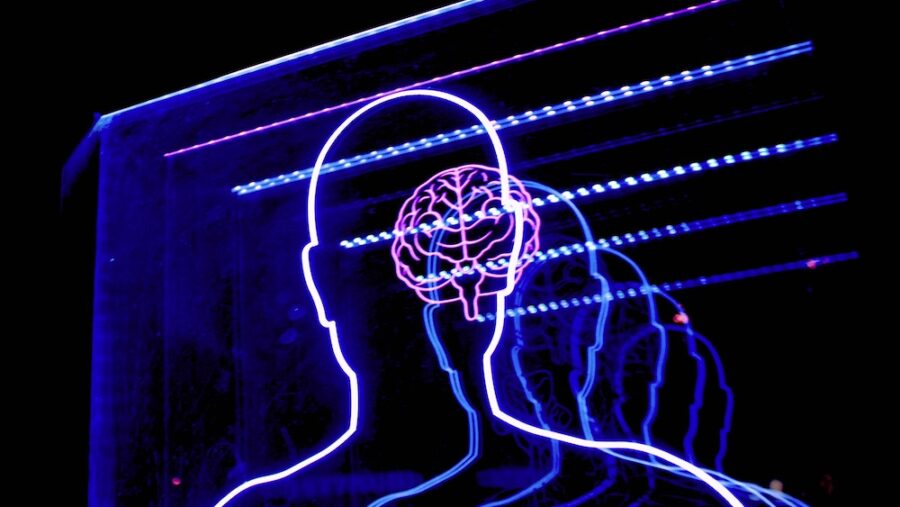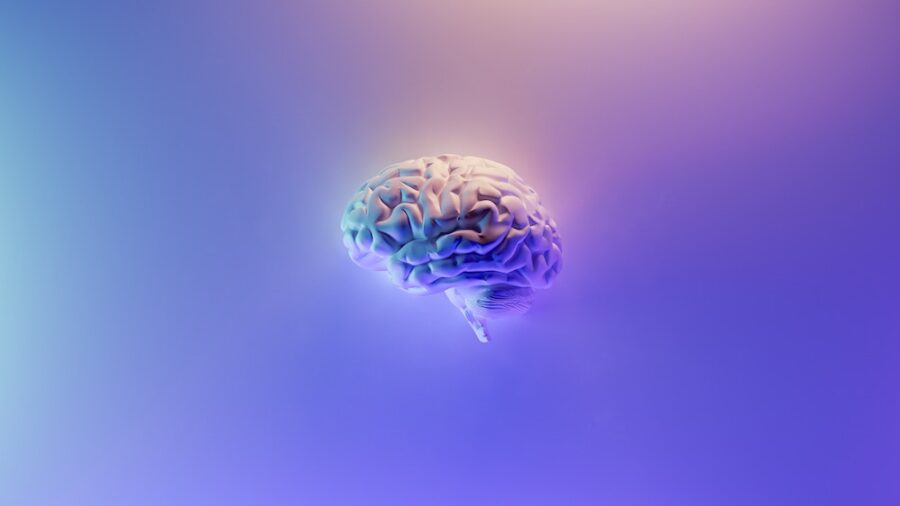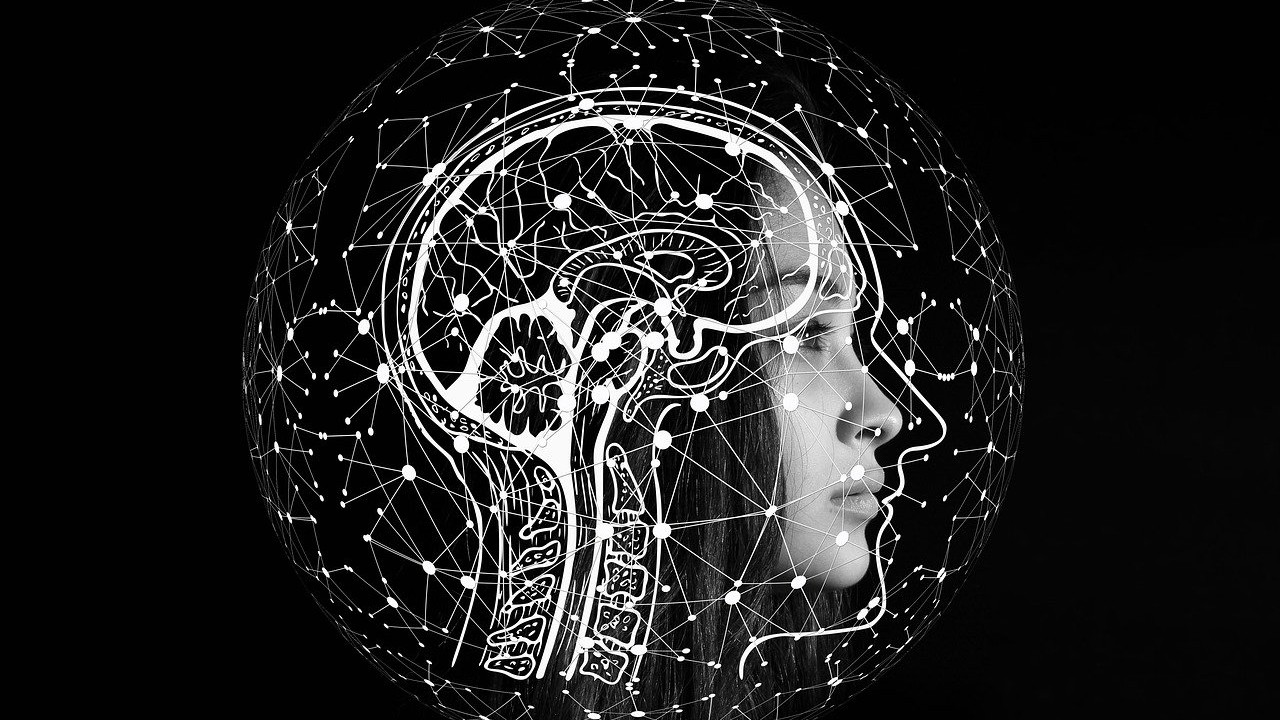Human Brain Tissue Powers Computer

The human brain is the most powerful computer in existence, but that could change with the integration of brain cells and actual computers. According to Science Alert, a new invention called Brainoware has successfully married brain tissue with electronics and produced a working computer. It’s a far cry from the neural implants found in games like Cyberpunk 2077, but it’s impressive nonetheless.
How The Brain Powered Computer Performs

Engineer Feng Guo of Indiana University Bloomington is leading the team responsible for Brainoware. Guo’s team has observed this new brain-computer hybrid performing tasks such as speech recognition and math problems featuring nonlinear equation prediction with varying results. While the brain-computer was less accurate than a computer made of only non-organic material running an AI program it performed well enough to justify further experimentation.
Lab Grown Brain Tissue

Guo and his colleagues used human brain tissue grown in a lab to create Brainoware. The team coaxed human pluripotent stem cells into developing into different kinds of brain cells organized into three-dimensional mini-brains called organoids. The use of organoids for brain computers is more ethical than poking around in an actual human skull and still allows researchers to study how the brain develops and works. And unlike Elon Musk’s similar Neuralink, Brainoware hasn’t been liked to the deaths of any primates….yet.
How It Works

Brainoware was created by taking these brain organoids and connecting them to an array of high-density microelectrodes through an artificial neural network known as reservoir computing. Guo and crew used stimulation to transport information into the organoid, where the reservoir wherein that information is processed. After processing the information, Brainoware spits out its calculations in the form of neural activity.
The input and output layers of the new brain-computer come from regular computer hardware. Guo trained the layers to play nice with the organoid, using the output layer to read the neural data and make classifications or predictions based on the input. To test their system, the researchers provided Brainoware with 240 audio clips, each featuring a different male speaker saying Japanese vowels.
Testing It Out

Guo and his team then tasked the brain-computer with identifying a specific voice among the clips. The first iteration of the experiment was performed with an organoid that had been trained for just two days. Even with such a short preparation time, Brainoware was able to identify the speaker with close to 78 percent accuracy.For their next experiment, the team asked Brainoware to predict a Henon map—a dynamical system that exhibits chaotic behavior. The brain-computer was left alone over the course of four days, allowing it to study and learn. In the end, it was able to predict the Henon map with more accuracy than an artificial neural network trying to do the same thing without the use of long short-term memory units.
A Step In The Right Direction

When put up against artificial neural networks that did have long short-term memory units, Brainoware came up short. However, those artificial networks each had 50 days of training under their belts. The fact that Brainoware was able to achieve almost the same results with less than 10 percent of the training time is extremely impressive.Biocomputing, like the kind Brainoware was designed for, is still in its infancy. Don’t expect real-life cybernetic implants and upgrades like the kind found in video games and sci-fi movies anytime soon. However, the Brainoware brain computer is a step in the right direction and should prove to be a helpful resource for scientists as they continue to study the human brain, hoping to unlock its many secrets.












